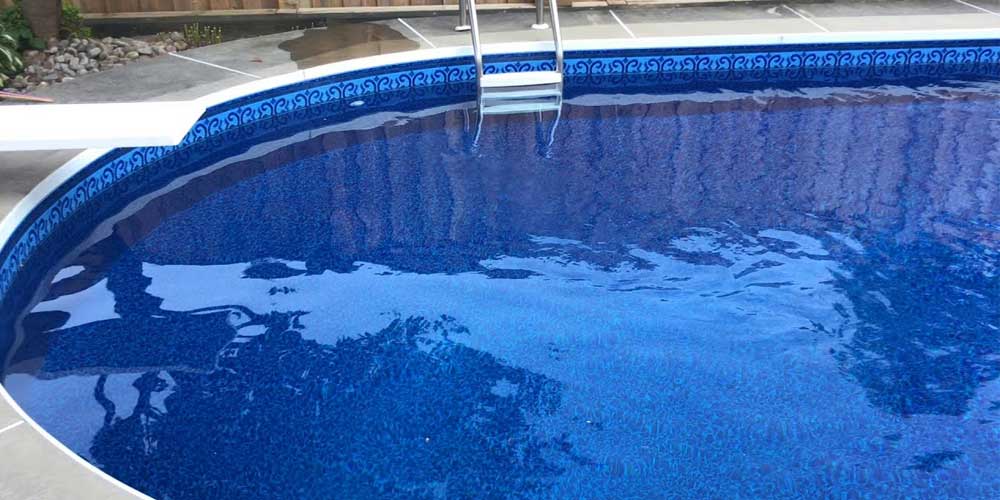Swimming pool chemicals play a vital role in maintaining water quality and ensuring a safe and enjoyable swimming experience for users. These chemicals work through various mechanisms to disinfect, sanitize, balance pH levels, and clarify the water. Here’s a detailed explanation of how they function:
Chlorine is perhaps the most commonly used chemical in swimming pools for disinfection. It works by releasing hypochlorous acid when dissolved in water. Chlorine is highly effective in killing bacteria, viruses, and algae present in the water. Chlorine can also oxidize organic contaminants like sweat, body oils, and urine, thereby eliminating unpleasant odors and maintaining water clarity.
Bromine:
Bromine is an alternative to chlorine, often used in indoor pools or spas. Like chlorine, bromine releases hypobromous acid when dissolved in water, which acts as a powerful disinfectant. Bromine is less volatile than chlorine in higher water temperatures and is effective over a broader pH range, making it suitable for small indoor pools or spas where pH fluctuations are common.
pH Adjusters:
Maintaining the pH level of pool water is crucial for effective disinfection and preventing skin and eye irritation. pH adjusters like sodium carbonate (pH plus) and sodium bisulfate (pH minus) are used to raise or lower the pH, respectively. Proper pH levels also ensure that other chemicals, particularly chlorine or bromine, remain effective.
Alkalinity Adjusters:
Total alkalinity refers to the water’s ability to resist pH changes. Sodium bicarbonate is commonly used to increase total alkalinity in pool water. Proper alkalinity levels help stabilize pH and prevent rapid fluctuations, ensuring the effectiveness of chlorine or bromine.
Calcium Hardness Adjusters:
Calcium hardness refers to the concentration of calcium ions in the water. Low calcium hardness can lead to corrosion of pool surfaces, while high levels can cause scale formation. Calcium chloride is used to adjust calcium hardness levels and maintain water balance.
Algaecides are chemicals designed to prevent or control algae growth in swimming pools. They work by disrupting algae cell membranes or inhibiting photosynthesis. Algaecides contain quaternary ammonium compounds, copper-based compounds, or polymeric chemicals to effectively combat algae.
Clarifiers:
Pool water can become cloudy due to suspended particles such as dirt, oils, or debris. Clarifiers work by coagulating these tiny particles into larger clusters, making it easier for the filtration system to trap and remove them. Polyaluminum chloride or polymeric clarifiers are commonly used for this purpose.
Shock Treatments:
Shock treatments involve adding a highly concentrated dose of chlorine or non-chlorine shock to rapidly oxidize organic contaminants and restore water clarity and sanitation. This process helps break down chloramines (combined chlorine), eliminates bacteria and algae, and rejuvenates the effectiveness of regular chlorine or bromine.
In summary, swimming pool chemicals function through a combination of disinfection, pH regulation, water balancing, and filtration enhancement to maintain clean, clear, and safe water for swimmers. Regular testing and proper chemical dosing are essential for achieving optimal water quality and preventing problems such as algae growth, bacterial contamination, and equipment damage.
Post time: Mar-27-2024


